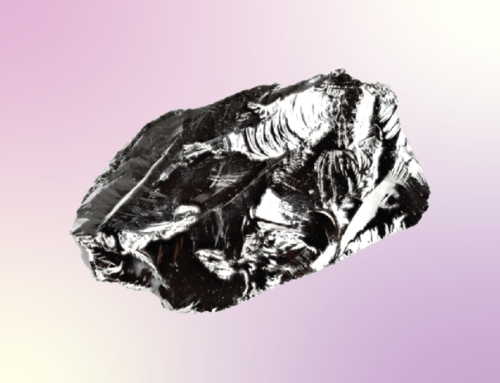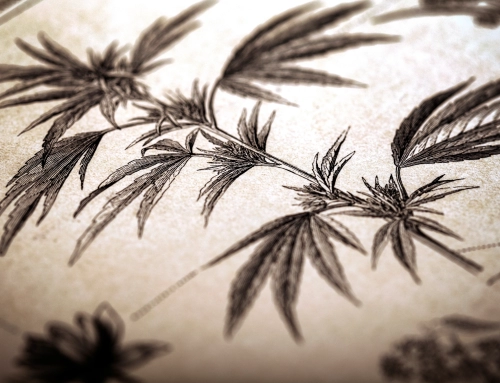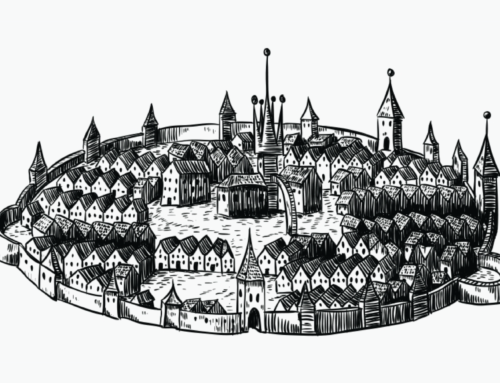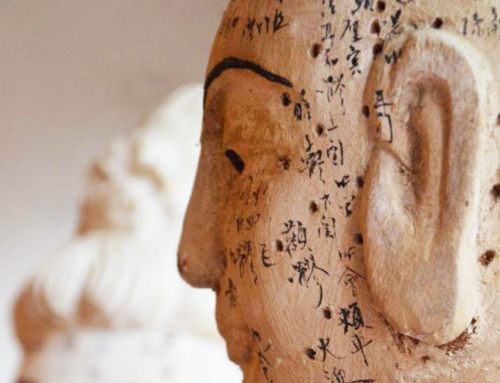One of the earliest forms of literature in ancient China were ghost stories. They are believed to be part of the oral tradition during the Shang Dynasty (1600-1046 BCE) and continue to be popular in today’s China. However, ghosts were a serious matter to the ancient Chinese.
According to traditional Chinese belief, when a person dies their soul travels across a bridge to the afterlife. On this crossing, they are judged as either worthy or unworthy. If considered “good,” they continued on; if deemed “evil,” they plummet from the bridge into hell.
Depending on one’s beliefs, if they reach the other side, they either reincarnate or go on to live with the gods. Meanwhile, if one’s burial and funeral service is not performed correctly, the soul of the deceased returns to earth to haunt the living.
The Two Parts of the Soul
The po and the hun make up the two parts of the soul. The po is the yin aspect with its association to darkness, water, and earth. The hun is the yang aspect with its association with light, fire, and the heavens.
These two parts of the soul work together with the hun (reason) side governing the po (instinct) side, though the hun needs the po for survival. After death, these two aspects can return to the living to cause trouble “if proper burial rites had not been observed or for other reasons such as unfinished business, a vow taken, to right a wrong, or just to visit” (Mark).
Po & Hun Hauntings
Examples of po hauntings include stories of ghosts haunting a house where they once lived, haunting family members, or appearing to strangers for help.
A good story of a po haunting “is about the ghost of a young girl who visits the home of some brothers. The spirit was so irritating [that] they caught it, put it in a bag, and threw it down a well. The next night it came back carrying the bag and haunted them again. They stuffed it back into the bag, tied a rock to it, and threw it in the river. The next night, though, the little girl came back and, this time, the brothers put her into a hollowed-out log, which they capped on each end, and set adrift on the river. The spirit thanked them for a proper burial and never bothered them again. (Mark)”
Hun hauntings were different because the hun spirit was not so attached to the body. Examples of ho hauntings include stories about “spiritual possession, ghosts appearing as though they were still living, or ghosts taking revenge on the living.” Since the hun aspect was the rational part of a person, i.e. their personality, it was also thought to be the part affected by illness in life, and the “astral self,” appearing in people’s dreams after death (Mark).
A story, for example. “Two friends, Gao and Liu, make a pact that whoever died first would return to tell the other what the afterlife is like. Some months after Liu died, Gao heard a knock at his door one night and the voice of his friend requesting he douse his lamps and let him in so they could speak in the dark. As they were talking, Gao was disturbed by the smell of a rotting corpse and found that Liu’s hun had possessed the body of a barbarian who had been dead seven days” (Mark).
In addition to po and hun hauntings, there are other types of ghosts or gui: water ghosts, hopping ghosts, hungry ghosts, and nature demons, to name a few.
Expelling “Ghosts” Through Ghost Points
Introduced by Sun Si-Mao, a renowned acupuncturist and herbalist, during the Tang Dynasty (618-907 AD), the 13 Ghost Points stem from an ancient and esoteric practice in Traditional Chinese Medicine. The points were created to combat spiritual possession from gui (ghosts) which caused mental and neurological disorders such as “mania, paranoia, addiction, seizures, paralysis, lockjaw, headaches, and even nightmares” (Dyer).
Gui also translates into “excess phlegm,” which Sun Si-Miao believed to be the medium for spirits who took residence in the body. In today’s acupuncture, “phlegm is considered a pathogenic substance that forms from emotional stress, excess physical overwork, poor diet, drugs, and inflammation (excess heat and/or dampness in the body)” (Dyer).
In TCM, phlegm can be viewed in two different ways. On a physical level, phlegm can simply be the mucus from nasal congestion. On an esoteric level, phlegm can cloud the spirit of the heart also known as the shen.
The Path of the Clouded Spirit
Shen governs consciousness including our perceptions and interactions. If a person has a disturbed shen, they may not feel or act like themselves and/or lose sight of their goals and dreams.
Shen disharmony can be seen in those who have a hard time letting go of past hurts, carry shame and guilt for years, as well as those who harbor self-destructive habits.
A clouded shen also appears in those who struggle with crippling indecision, loss, heartache from being “ghosted,” and expressing one’s most authentic self.
The Points
Whether you believe in ghosts or not, the 13 Ghost Points are still used today. Specific points are used to treat things like PTSD, childhood trauma related to sexual abuse, anxiety, depression, bulimia, epilepsy, mania, anxiety, heartbreak and hallucinations.
One of the points you are probably already familiar with is Yin Tang, the last of the 13 points. The others may be new to you, but potentially helpful for the right circumstance. If so, try a bit of acupressure. Apply pressure to a specific point using a thumb, finger, or knuckle. The pressure should be gentle but firm. Increase the pressure for about 30 seconds. Then hold it steady for 30 seconds to two minutes. Next, gradually decrease the pressure for 30 seconds. Repeat three to five times.

Yintang
For calm, connection to higher self and intuition, enlightening the mind, seeking knowledge and wisdom, as well as for a reset.

PC 7
For protection of the heart; when there is emotional upset, such as feeling broken-hearted after the break up of a relationship.

REN 24
For people who are always worried and consumed by dark thoughts for years.

LU 11
For when a vow, contract, or an important agreement is broken, and anger ensues. Good during or after a nasty divorce, or a business partnership which has gone sour.

DU 26
For intergenerational trauma.
Sources:
Cohen, Clara. “The Thirteen Ghost Points in Acupuncture.” AcuPro Academy, 8 Feb 2018. Web. 27 Oct 2021.
Dyer, Lauren. “Ghost Points: Supporting the Spirit Through Acupuncture.” Empower Chiropractic + Acupuncture. Web. 26 Oct 2021.
Mark, Emily. “Ghosts in Ancient China.” World History Encyclopedia, 20 Apr 2016. Web. 26 Oct 2021.




